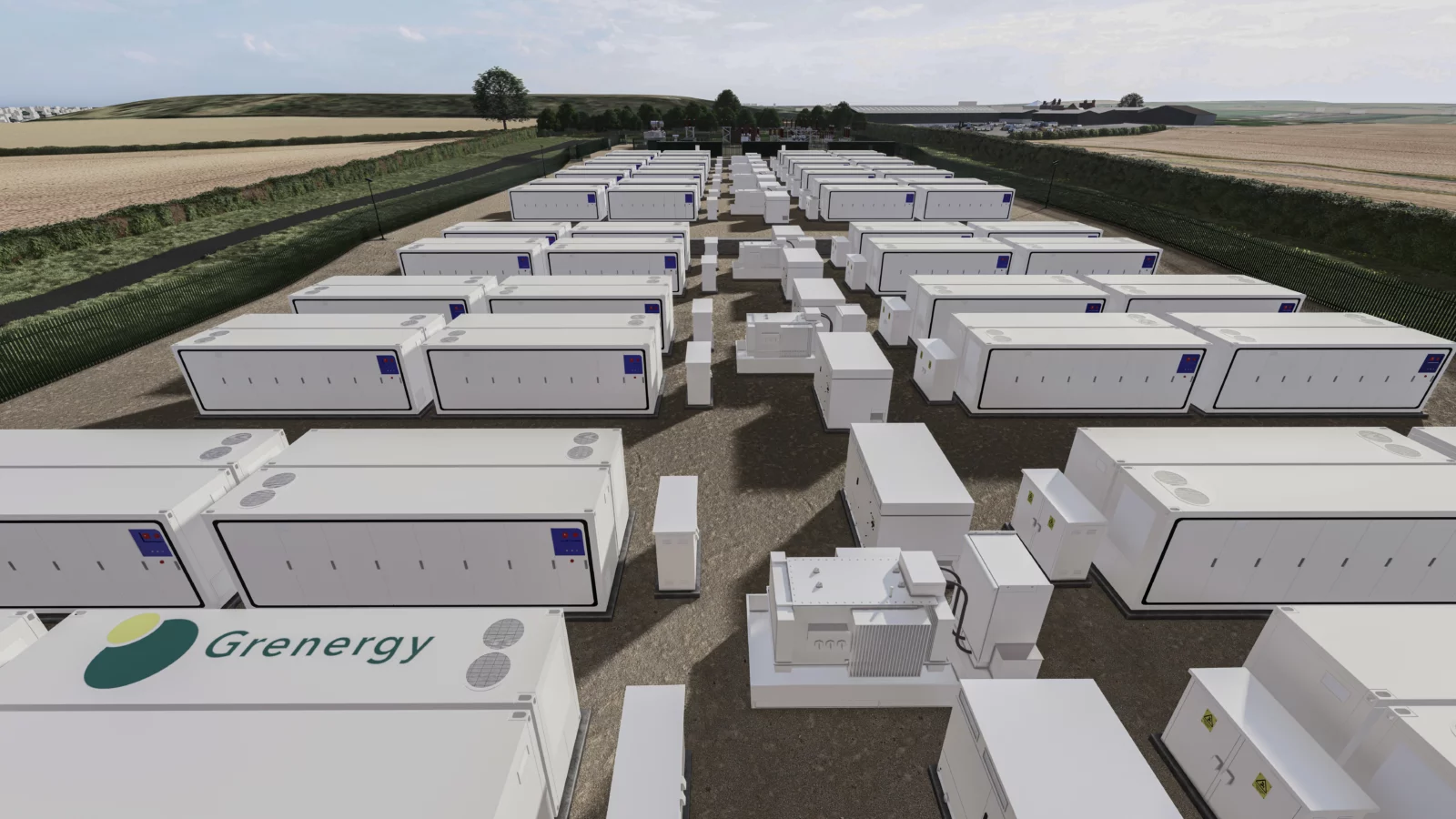Energy Arbitrage
Energy is stored and dispersed into the electricity network over a period of hours to take save excess generation and supply to peak demand

Battery Energy Storage Systems (BESS) are electrical storage plants connected into the grid network that enable surplus energy generated from renewable generation, like solar and wind, to be stored when that energy cannot be utilised and then discharged into the network when the power is needed most. BESS can also operate in several different modes to provide grid stability services, such as managing voltage and frequency imbalances as renewable generation dips up and down.
The UK government estimates technologies like battery storage systems, supporting the integration of more low-carbon power and reducing the carbon and cost impact of running the electricity network, could save the UK energy system up to £40 billion by 2050 (National Grid), ultimately reducing people’s energy bills.
Energy is stored and dispersed into the electricity network over a period of hours to take save excess generation and supply to peak demand
Electricity is rapidly imported and exported to manage electricity fluctuations ensuring the network frequency is maintained at 50Hz
An emergency event where either a sudden drop or demand of electricity is detected by the network operator and the batteries must discharge all power to keep the lights on
Structure of a
Batery Energy Storage System (BESS)

Structure of a
Batery Energy Storage System (BESS)